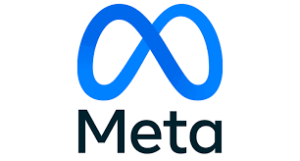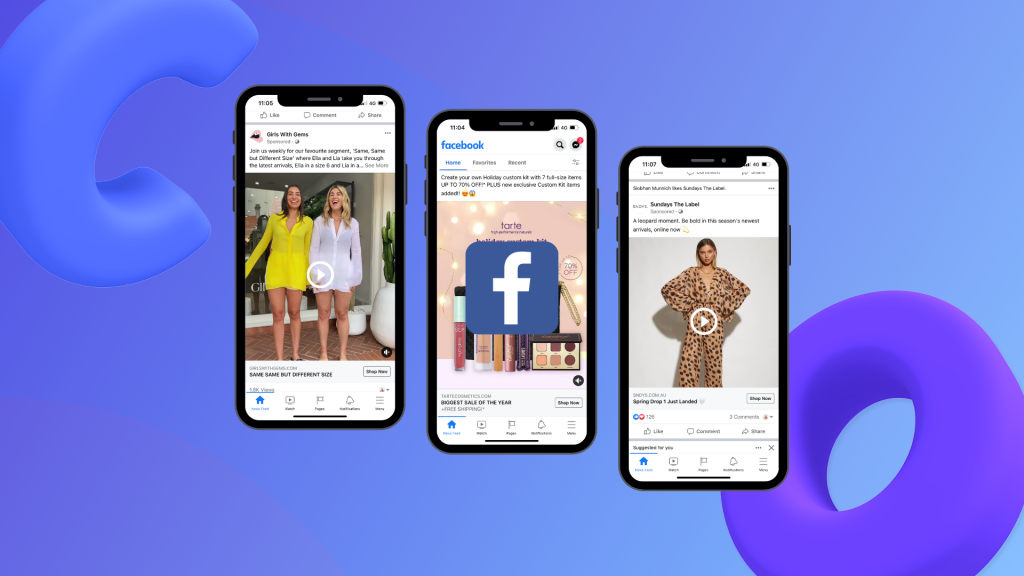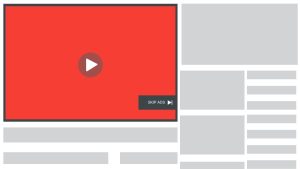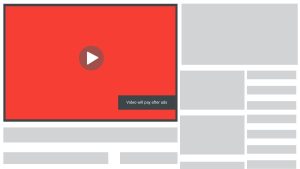Give them the Feels! The Power of Emotional Marketing
Are you a music lover? Imagine standing in line to buy tickets to the greatest concert ever. Or, if it’s more appropriate, imagine standing in line outside of an Apple store at 5:00 A.M. just so you can be one of the first to purchase the latest model with some game-changing features and updates.
The curiosity that blossoms when you first hear about this thing, the anticipation that comes with standing in line, and the joy and excitement that hit home when you finally hold that ticket or phone in your hand is the power of emotional marketing.
What is Emotional Marketing?
Marketing, in its essence, is all about conveying a message that resonates and creates a connection between the audience and the business. It’s about creating an emotional connection through the telling of a relevant story.
The way that a brand makes you feel and the experience that comes with associating yourself with that brand help create this overall experience. And this experience results from Emotional Marketing. It’s this experience that moves someone from being just a prospect into a customer, and eventually, an avid fan.
How to Cultivate Emotion into Your Marketing Campaign
There are a lot of factors that contribute to creating an emotional response in your audience. One element that’s usually the first thing that people notice are the visuals that you use, particularly in your web design.
The way your website is designed should be able to convey the experience of what it’s like to engage and be a part of your brand. Avoid cold and distant designs and focus instead of bringing your brand personality to the forefront.
One example of a brand that does this well is Chubbies Shorts, wherein if you scroll down a bit after the header and some announcements on sales, you’ll get to a part that says, “Welcome to Chubbies. Here is what we believe. We believe in the weekend…” This part goes on into what seems like a manifesto of who Chubbies is and what they’re all about.
This is where both the visuals and copywriting mix and intermingle to create an overall cohesive experience. Audiences who buy into the Chubbies philosophy and experience are more likely to engage with the brand and purchase their items.
It’s All About Emotional Storytelling
Marketing and advertising are really just another way of telling and sharing a story.
Keep in mind, however, that it’s not just about you telling your story as a brand or as a business. Rather, it’s about telling your ideal customer’s story better than they could tell it themselves. The best way for you to connect with your audience is to communicate in a way that speaks to them. Use words and phrases that they would use when they try to communicate their pains and problems.
For Chubbies, it’s all about comfort, freedom, and fun. It’s all about the weekend and enjoying the weekend.
For Apple users, it’s all about beautiful, sleek, and intuitive design and use.
Think about the ads that have stuck with you in the past. Think about how they made you feel. Think about how they stimulated your curiosity, how they built up that desire in you to want to purchase their product.
More often than not, they connected with you because they told you a story. And it’s not just any story. It’s your story.
The reason you went out to buy their stuff was because you saw yourself in that ad, in that image, in that setting. And you wanted to be that person.
Emotions are what bridge the connection between a brand and its customers. And the best way to bring out those emotions is through the art of storytelling. It’s not enough to be technically-savvy with design. It’s not enough to be grammatically correct.
Find a way to emotionally connect with your audience by letting them know that you get what they’re feeling. You understand where they’re coming from. And you can help them.
As digital marketing experts, we are expert storytellers as well. Want your brand’s story told? Need help with spreading your story to your ideal audience? Call us today and let’s talk about how we can position your brand as one that people will not only recognise, but will wholeheartedly follow.













